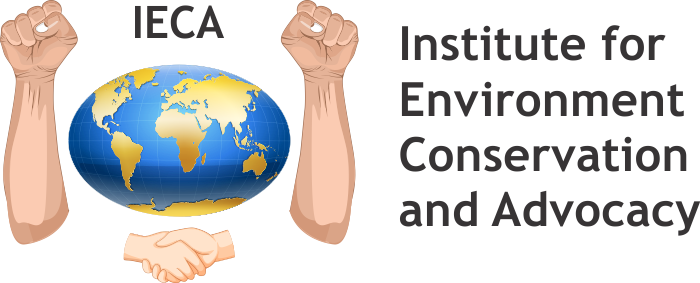Environmental benchmarking, grading, and ranking of educational institutions involve assessing and comparing their environmental performance and sustainability efforts. Here's how this process can be carried out:
- Establish Criteria and Indicators: Define a set of criteria and indicators to evaluate environmental performance and sustainability practices within educational institutions. These could include factors such as energy efficiency, waste management, water conservation, greenhouse gas emissions, transportation policies, curriculum integration, and community engagement.
- Collect Data: Gather data on each institution's environmental performance using standardized metrics and reporting tools. This may involve collecting information through surveys, interviews, documentation review, and site visits.
- Assessment and Analysis: Evaluate the collected data to assess each institution's environmental practices and performance against the established criteria. Use quantitative and qualitative analysis to identify strengths, weaknesses, and areas for improvement.
- Benchmarking: Compare the environmental performance of educational institutions against each other and against industry benchmarks or best practices. This allows institutions to gauge their performance relative to peers and identify opportunities for improvement.
- Grading and Ranking: Assign grades or scores to educational institutions based on their environmental performance, using a predetermined scoring system or grading rubric. Rank institutions based on their scores to highlight leaders and identify areas of excellence.
- Feedback and Recommendations: Provide feedback to each institution on their environmental performance, highlighting areas of strength and areas for improvement. Offer recommendations and best practices to help institutions enhance their sustainability efforts and achieve higher grades or rankings.
- Transparency and Reporting: Ensure transparency in the benchmarking, grading, and ranking process by clearly communicating the methodology, criteria, and results to stakeholders, including students, faculty, staff, administrators, and the wider community. Publish reports or scorecards to publicly recognize top performers and promote accountability.
- Continuous Improvement: Encourage educational institutions to use benchmarking, grading, and ranking results as a basis for continuous improvement in their environmental performance and sustainability efforts. Set targets and goals for improvement, track progress over time, and periodically reassess performance to ensure ongoing progress.
By implementing environmental benchmarking, grading, and ranking of educational institutions, stakeholders can promote transparency, accountability, and continuous improvement in sustainability practices, ultimately contributing to a more environmentally responsible and resilient education sector.

 Call :
Call :